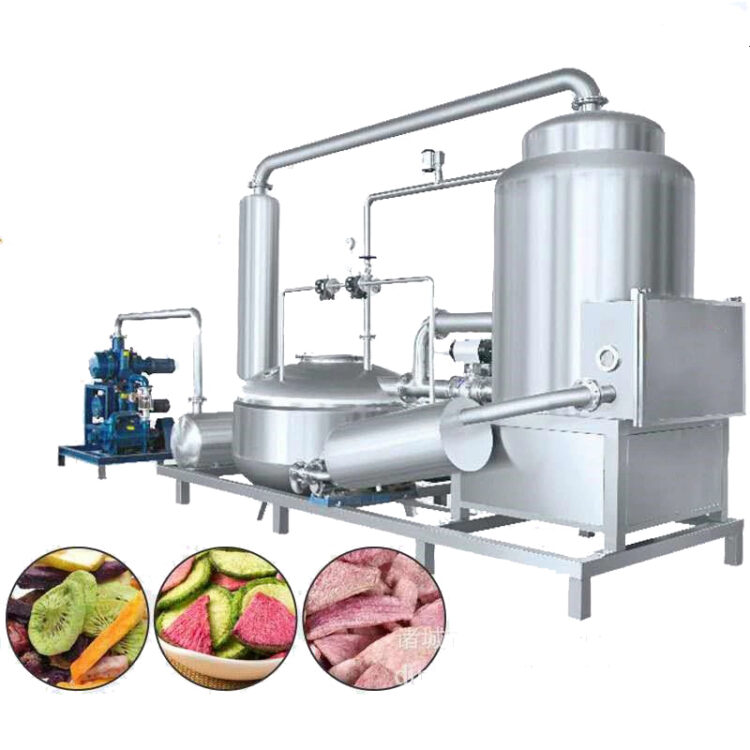Excerpts from [TECHNIQUE OF THE QUARTER: THE SMOKING PROCESS]
The smoking process allows cured meats, poultry, game and seafood to be subjected to smoke in a controlled environment. The smoke is produced by smoldering hardwood chips, vines, herbs, fruit skins, or spices. This smoke influences the flavor, aroma, texture, appearance and shelf life of foods. The process can be performed at temperatures that range generally from 65°F to 250°F.
The food merely retains the flavor of the smoke at lower ranges (cold-smoke), while the food actually cooks at the higher end of the scale (hot-smoke).
Smoking Process
Smoke is a seasoning – don’t overdo it
Smoke is the complex production of very complicated compounds that occur during the thermal decomposition of wood (chips or sawdust). This process primarily occurs between a temperature range of 390°F and 750°F. Although at the point of generation smoke is a gas, it rapidly separates into a vapor and a particle state. It is the vapor phase that contains the components largely responsible for the flavor and aroma that smoke imparts to foods. More than 300 different compounds have been isolated from wood smoke, but not all of these compounds occur in smoked meat products. The components most commonly found are phenols, organic acids, alcohols, carbonyls, hydrocarbons, and some gaseous components such as carbon dioxide, carbon monoxide, oxygen, nitrogen, and nitrous oxide.
SMOKE IS APPLIED TO MEAT FOR THE FOLLOWING REASONS
- For preservation: Phenolic compounds and formaldehyde have antimicrobial action; this affects only the surface of the meat as smoke does not penetrate deeply into items.
- Acids: smoke emits a number of acids which cling to the meat and form an outside layer or skin. The acids help the coagulation of the surface meat, and also help preserve the meat by preventing the growth of surface mold and bacteria.
- Add aroma & flavor: Phenols, carbonyl compounds and organic acids contribute the smoky taste. Excessive smoke flavor can become bitter.
- Develop appealing color: Carbonyl compounds combine with free amino groups combined with meat protein to form furfural compounds that are dirty brown in color and translucent; when added with the reddish color of the cooked cured meat, you see a reddish brown color that is characteristic of smoked products.
- Creation of new food products: The addition of a smoky taste results in a product with a longer shelf life and pleasing color.
- Protection from oxidation: Smoke will protect the food from lipid oxidation and eliminate any stale fat tastes.
- Formation of a protective skin on meats and emulsion-type sausages: Acids in smoke help coagulate the protein on the surface of the meat.
SMOKING METHODS
| Cold Smoking | Hot Smoking |
| Temperature of Smokehouse70°F and 100°F 80°F is average temperature | Temperature of Smokehouse160°F for all sausage (casings)185°F for all solid meats |
| Result of Hot SmokingProduct does not cookSlight dehydration of overall texture | Result of Hot SmokingProduct cooks during the smoking process |
| Final internal temperature of cured hot smoked productsAll poultry 165°F internalAll meats 155°F internalFinal internal temperature of uncured hot smoked itemsBeef (suitable cuts ) 130 – 135°F for rare | |
| UsesSausage in the uncooked smoked categorySmoked salmonAddition of smoke to an item that will be finished by some other cooking method | UsesTo produce a fully cooked, smoked itemSausage in the smoked cooked category |
| Preparation before smokingTrim item, truss, net or tie as necessaryCure item by desired methodWhen cure is done, rinse itemForm pellicle | Preparation before smokingTrim item, truss, net or tie as necessaryCure item by desired method (optional)If item is cured, rinse when doneForm pellicle |
| Smokehouse preparationPlace items on racks or hang from sticks | Smokehouse preparationPlace items on racks or hang from sticks |
| Smoke processSmoke foods until desired color/flavor is achievedProduct can be air-dried further if drier product is desiredRefrigerate | Smoke processSolid meat (185°F) smoke until proper internal temperatureSausage (160°F) smoke until 140°F internal finish by poaching in 170°F water until proper internal temperatureRefrigerate |
Note: It is recommended to cure all items that are to be cold-smoked because of possibility of botulism. Items that are hot-smoked can be left uncured if desired.
WOODS FOR SMOKING
Hard, fruit or nut woods are preferred. All woods impart a slightly different flavor of their own. Wood is available in sawdust, chip/nugget and chunk form (use the form recommended by the manufacturer of the smokehouse).
Hickory is the most common type used and provides good color and flavor. Apple, cherry, mesquite and alder wood are other commonly used woods.
Note: Soft or resinous woods should never be used; they will either flare up or burn (produce no smoke) or add too much color to the product, imparting a bitter taste. They are high in creosote resin which may cause cancer. Woods should be purchased from a reputable purveyor to insure they are free of contaminants such as oil or chemicals. Never use pressure-treated wood; may contain arsenic or other toxic compounds.
OTHER ITEMS USED FOR SMOKING
• Dry herbs and spices can be used
• Jasmine and other teas; Also peanut shells are used by the Chinese
IMPORTANT TEMPERATURES TO REMEMBER
103°F: Proteins begin to set or denature
137.5°F: Trichinosis bacteria is killed
155°F: Federal requirement for cooking pork
160°F: All proteins are coagulated
165°F: Federal requirement for cooking all poultry

